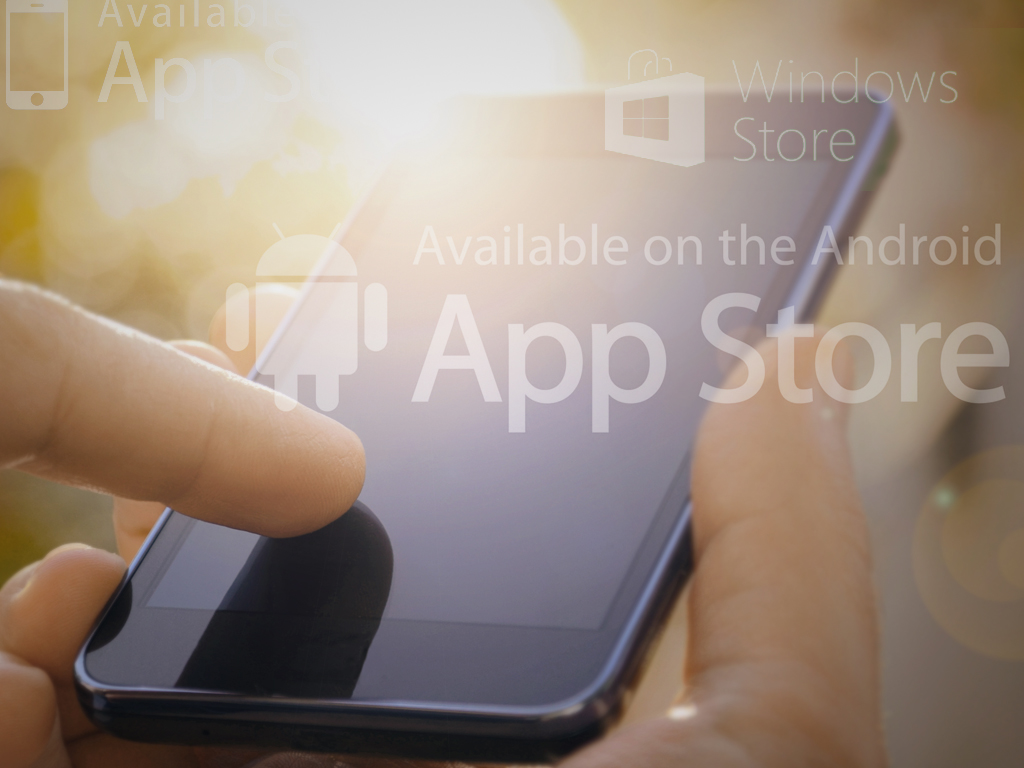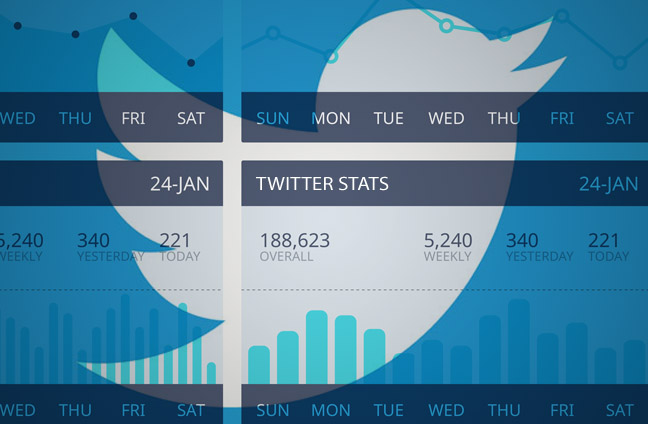Mobile usage, and particularly the use of mobile apps, has risen dramatically in the past few years. How can brands better reach and engage consumers via mobile display advertising, or content optimized for mobile, and connect with them as they are considering, evaluating, and transacting their purchases. The momentology team spoke to comScore’s Adam Lella to find out more.
A new report from comScore, The U.S. Mobile App Report, has highlighted several fascinating insights about the state of U.S. mobile app usage. One key finding is that total mobile app usage has surged 52 percent since 2013.
Last year, mobile first surpassed desktop in terms of total digital media engagement. This year, another key milestone was reached – the majority of all digital media time now occurs on mobile apps.
The report reveals that apps are the main factor driving the growth of mobile, and the function users are utilizing the most. Here are 12 key statistics from comScore’s U.S. Mobile App Report.
12 Takeaways from comScore’s U.S. Mobile App Report
- Total U.S. mobile app usage has surged 52 percent since 2013, exceeding the rate of growth in U.S. total digital media time spent across all devices at 24 percent.
- In the same period, desktop computer usage has remained more or less consistent, rising just 1 percent from 2013 levels.
- Total U.S. mobile activity including mobile browser usage, now accounts for 60 percent of total U.S. online media usage, with desktop accounting for the remaining 40 percent.
- Apps drive the majority of media consumption activity on mobile devices, with users spending an average of approximately 7 out of every 8 minutes on apps.
- For handheld digital devices, smartphones have the highest share of app versus browser activity, at 88 percent of total usage. Tablet app usage accounts for 82 percent of total usage.
- The average U.S. smartphone user downloads three apps per month. While more than one-third of all U.S. smartphone owners download at least one app per month.
- The total number of app downloads is highly concentrated within a small segment of the smartphone population. The top 7 percent of owners account for nearly half of all app download activity in a given month.
- 57 percent of smartphone users accessed apps every day of the month, while 26 percent of tablet users did so. A much greater figure of 79 percent of smartphone users accessed apps at least 26 days per month, while 52 percent of tablet users did so.
- A staggering 42 percent of all app time spent on smartphones occurs on the individual’s single most used app. Nearly three out of every four minutes of app usage occurs on one of the individual’s top four apps.
- On average, iPhone users engage with their smartphone apps for nine more hours in a given month than Android users.
- The ranking of top apps is dominated by app constellations of some of the largest digital media brands; specifically, Facebook, Google, Apple, Yahoo, Amazon, and eBay. These six brands account for 9 of the top 10 most used apps, 16 of the top 25, and 24 of the top 50.
- Facebook is the number one app in both audience size and share of time spent among each of the different demographic segments when broken down, highlighting the breadth and depth of its popularity and it’s importance to the mobile media landscape.
What Does This Mean For Brands?
 Momentology interviewed Adam Lella (co-author of comScore’s U.S. Mobile App Report) to further find out how brands should adjust their marketing strategies to account for these changes in user behavior and device usage.
Momentology interviewed Adam Lella (co-author of comScore’s U.S. Mobile App Report) to further find out how brands should adjust their marketing strategies to account for these changes in user behavior and device usage.
Momentology: What’s the biggest challenge for brands looking to increase their mobile advertising reach and initiatives?
Adam Lella: The lack of established infrastructure and the challenge of mobile measurement. Measurement is still catching up with desktop, and it is not fully integrated into the planning and buying processes, although it’s improving with products like comScore’s vCE Mobile currently in beta testing. At the moment, however, mobile is still unproven to many advertisers, and they are still experimenting to find out which types of ads are most effective on the medium, and still require more concrete data on their mobile app campaigns before they are ready to commit larger portions of their budgets.
Momentology: The report also highlights some fascinating data about the most used apps, with Facebook standing out as a popular app across all age groups. Are brands undervaluing the potential of mobile and social media advertising?
Lella: Yes, to a certain degree. Anytime there is an emerging advertising channel, it will be undervalued at the beginning due to unfamiliarity and that lack of infrastructure I mentioned. However, given the massive audience engagement on mobile (>60 percent of all digital media consumption) and social media (25 percent of all time spent on mobile alone), these advertising platforms should be gold mines for brands. And with the high supply of consumers and relatively low demand compared to other mediums, this is actually the best time for advertisers to spend on mobile and social media considering the current low prices (read: high value) of these ads.
Momentology: What should brands be doing differently, or how can they improving their mobile advertising, presence, and engagement?
Lella: Brands should continue to test the mobile space and be constantly trying to discover what works best for them. This starts with understanding how their audience is engaging on mobile and what they need to do to reach them. They should also be experimenting with different types of mobile ads and learning what’s most effective for them.
It’s inevitable that more dollars will eventually flow into mobile given its large audience size and strong grasp on consumers’ attention, even if the dollars-to-attention ratio never reaches a perfect equilibrium. Given this fact, brands will be better suited to start learning about this advertising platform sooner than later, especially if they want to avoid falling behind their competition.
Adam Lella is a marketing insights analyst at comScore. He began his career as a marketing performance analyst for a global brand in the quick-service restaurant industry, where he developed his expertise in interpreting and synthesizing big data. Lella has a degree from Northwestern University where he studied communications and business.
You can download comScore’s full ‘U.S Mobile App Report’ here.
Is it time for brands to turn up their mobile advertising efforts. Let us know your thoughts in the comments below.


